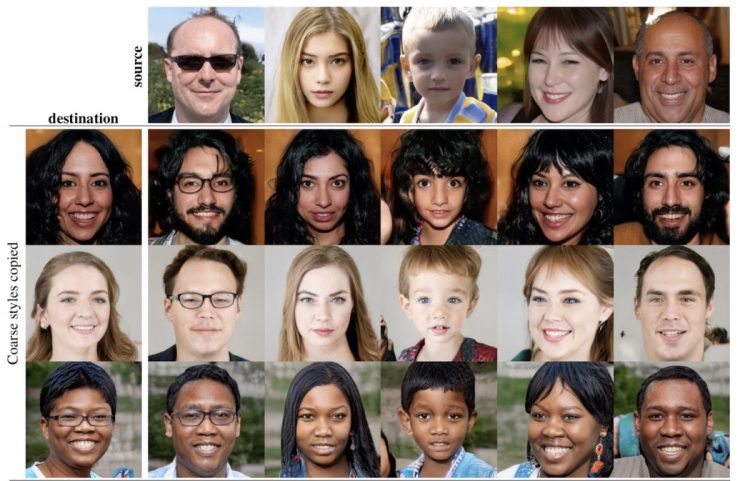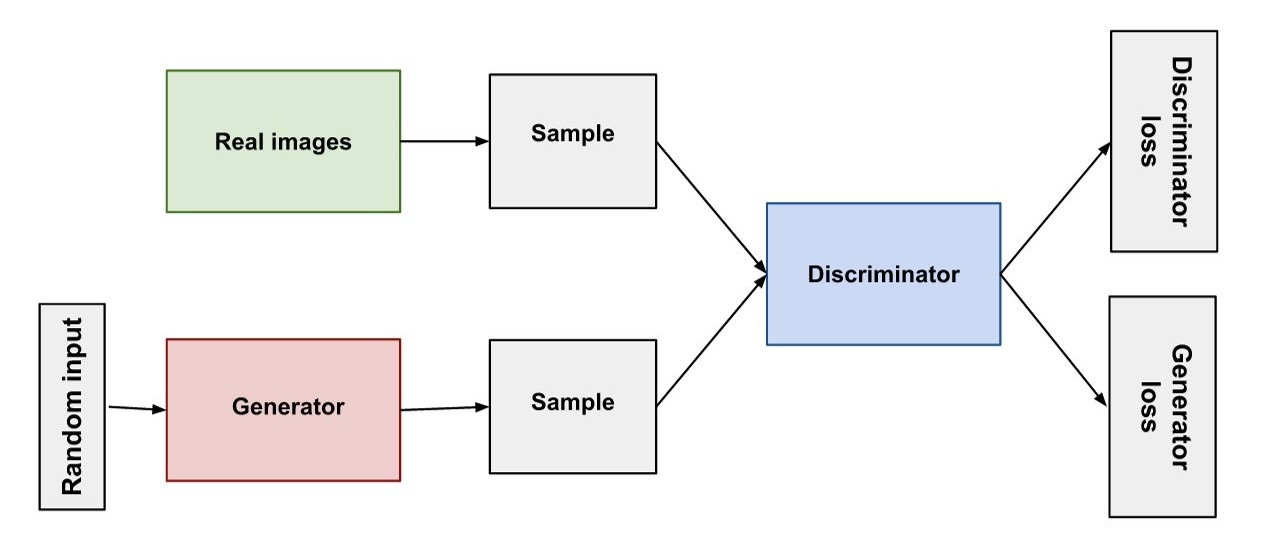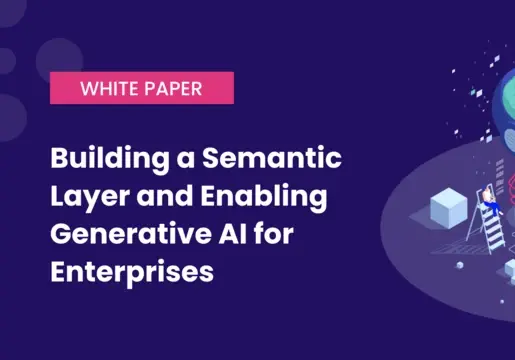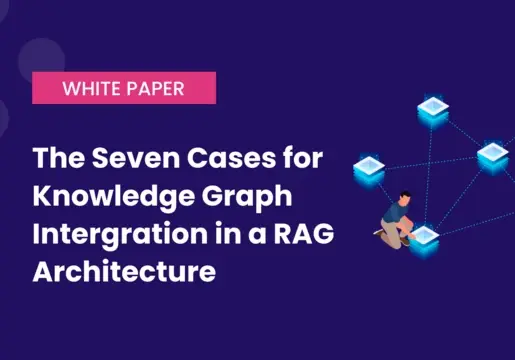In the last few years, Generative Adversarial Networks (GANs) have emerged as some of the most promising and exciting innovations in machine learning.
First introduced by AI researcher Ian Goodfellow and his colleagues in 2014, this revolutionary class of neural network models is pushing the boundaries of what neural networks can do and spearheading innovation in the generative AI space.
But what are GANs, and why have they become so important for neural networks, machine learning, and the future of computing?
This article delves deep into Generative Adversarial Networks (GANs), exploring the meaning, structure and use cases for this fascinating and exciting technology.

What are Generative Adversarial Networks (GANs)? Meaning
Generative Adversarial Networks (GANs) are a type of generative model that uses deep learning to generate ultra-realistic images, text, and music.
GANs work by training two neural networks – a generator and a discriminator – against each other in a zero-sum game. The generator network tries to generate new data that is indistinguishable from the real data, while the discriminator network tries to distinguish between the real and generated data.
This continues until the generator creates data that is too difficult for the discriminator to distinguish from real data. The result? Incredibly realistic images, human-like text, and music that sounds just like the real thing.
Applications of generative adversarial networks (GANs)
GANs can be used to create a variety of different data, including images, text, code and music. The images below, generated by a GAN created by Nvidia, demonstrate how GANs can be used to create realistic-looking photos of celebrities from a source photo.

But generating realistic images is just one of the many applications of generative adversarial networks. Other applications of GANs include:
- Text generation: GANs can also be used to generate realistic text, such as news articles, poems, and code. This can be used for applications such as creating new content for websites and blogs, improving the quality of machine translation, or generating synthetic data for training other AI models.
- Medical imaging: GANs are being used to develop new medical imaging techniques and to improve the quality of existing medical images. For example, GANs can be used to generate synthetic medical images for training AI models to diagnose diseases or to improve the quality of medical images taken by MRI and CT scanners.
- Financial modelling: GANs are also being used to develop new financial models and to improve the accuracy of existing financial models. For example, GANs can be used to generate synthetic financial data for training AI models to predict stock prices or to improve the accuracy of fraud detection algorithms.
- Natural language processing: GANs are also being used to develop new natural language processing (NLP) techniques and to improve the accuracy of existing NLP techniques. For example, GANs can be used to generate synthetic text data for training AI models to translate languages, or to improve the accuracy of AI models that can generate text summaries of documents.
GAN Architecture
The architecture of a Generative Adversarial Network (GAN) consists of two main components: a generator and a discriminator.
- The generator is responsible for generating new data, such as images, text, or music. It is typically a neural network that is trained on a dataset of real data. The generator learns to generate new data that is similar to the training data, but that is also unique and creative.
- The discriminator is responsible for distinguishing between real and generated data. It is also a neural network that is trained on a dataset of real data and generated data. The discriminator learns to identify real data and to reject generated data.
As previously mentioned, the generator and discriminator are trained to compete against each other. During the training process, the generator tries to generate data that is good enough to fool the discriminator, while the discriminator tries to correctly identify real and generated data.
This process is repeated until the generator is able to generate data that is indistinguishable from real data, as can demonstrated in the diagram below:

There are also a number of variations of the GAN architecture, which are designed to create different outcomes or fit a specific purpose. Some of the most common variations include:
- Conditional GAN: A conditional GAN is a GAN that takes additional input data, such as a text description or a class label. This allows the generator to generate data that is conditioned on the additional input data.
- Deep Convolutional GAN (DCGAN): A DCGAN is a GAN that uses convolutional neural networks for both the generator and discriminator. This makes DCGANs well-suited for generating and discriminating images.
- Wasserstein GAN (WGAN): A WGAN is a GAN that uses the Wasserstein distance as its loss function. This makes WGANs more stable to train than traditional GANs.
Examples of GANs
GANs have become increasingly powerful in recent years, and there are now a number of GANs that can generate realistic and creative content. Some of the most powerful examples of GANs include:
- StyleGAN - StyleGAN is a GAN that can generate realistic images of human faces. It was developed by NVIDIA in 2018 and has been used to create some of the most realistic AI-generated images of human faces ever seen.
- BigGAN - BigGAN is a GAN that can generate realistic images of a wide variety of objects and scenes. It was developed by Google AI in 2019 and is one of the largest GANs ever created.
- DiscoGAN - DiscoGAN is a GAN that can translate images from one domain to another. For example, DiscoGAN can translate images of horses to images of zebras, or images of black and white images to images of colour images.
- CycleGAN - CycleGAN is a GAN that can translate images from one domain to another and then back again. For example, CycleGAN can translate images of Japanese anime to images of photorealistic images of people, and then back again to images of Japanese anime.
- StarGAN - StarGAN is a GAN that can generate images of people with different attributes, such as age, gender, hair colour, and facial expression. For example, StarGAN can generate images of a young woman with blonde hair and a smile, and then generate an image of the same woman as an old man with grey hair and a beard.
Final Thoughts
GANs are a powerful tool for generating new data. They have a wide range of potential applications, including image generation, text generation, and music generation.
GANs are still under development, but they have the potential to revolutionise the way we create and interact with data.








Comments ( 0 )